Knowing all car parts names helps drivers, mechanics, and car enthusiasts better understand how vehicles work. This guide lists and explains the most essential parts of a car, both inside and outside, using simple language. Whether you’re learning for school, work, or personal interest, this list covers everything you need.
Exterior Car Parts
1. Hood (Bonnet)
The hood covers the engine compartment. It can be opened for repairs or maintenance.
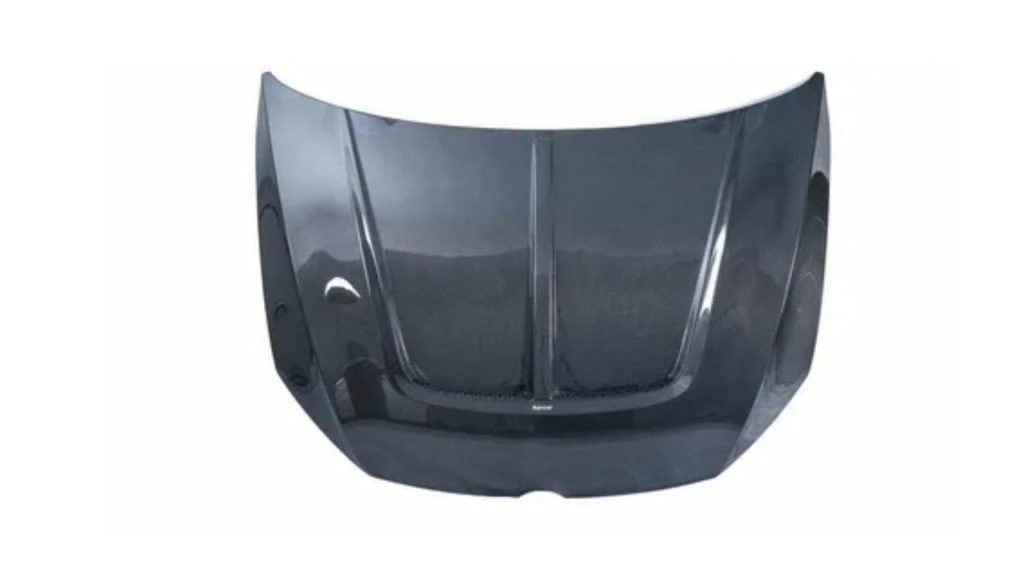
2. Bumper
Located at the front and rear of the car, bumpers protect against light impacts during collisions.
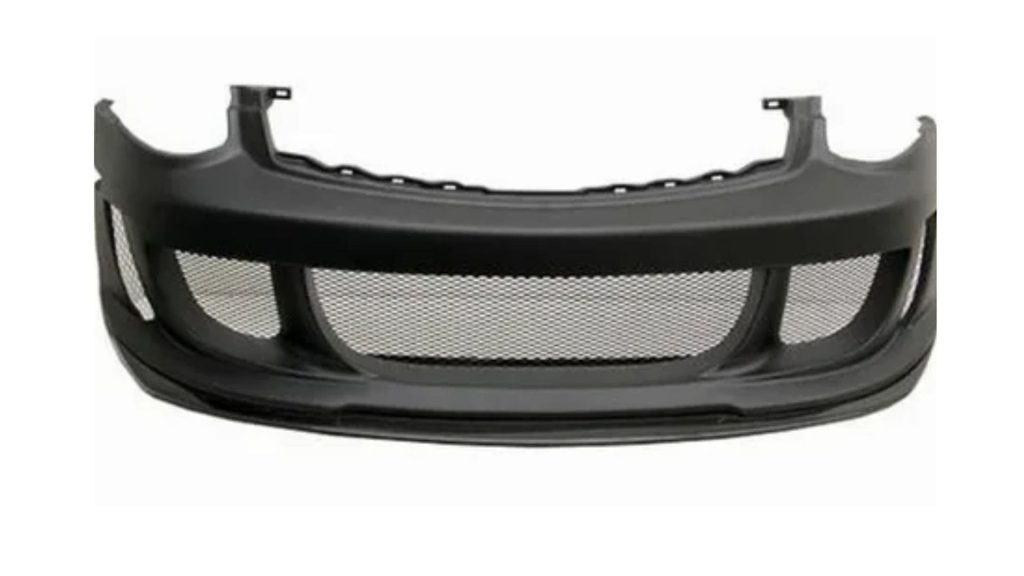
3. Grille
Found at the front, the grille allows air to flow to the radiator and engine, keeping the vehicle cool.
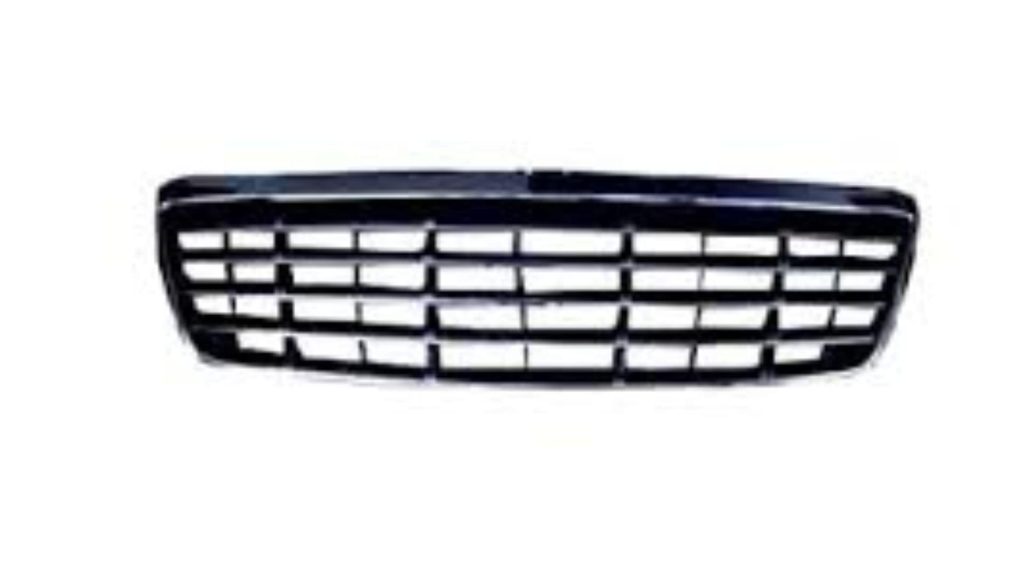
4. Headlights
These lights are located at the front of the car. They help drivers see at night and signal other vehicles.
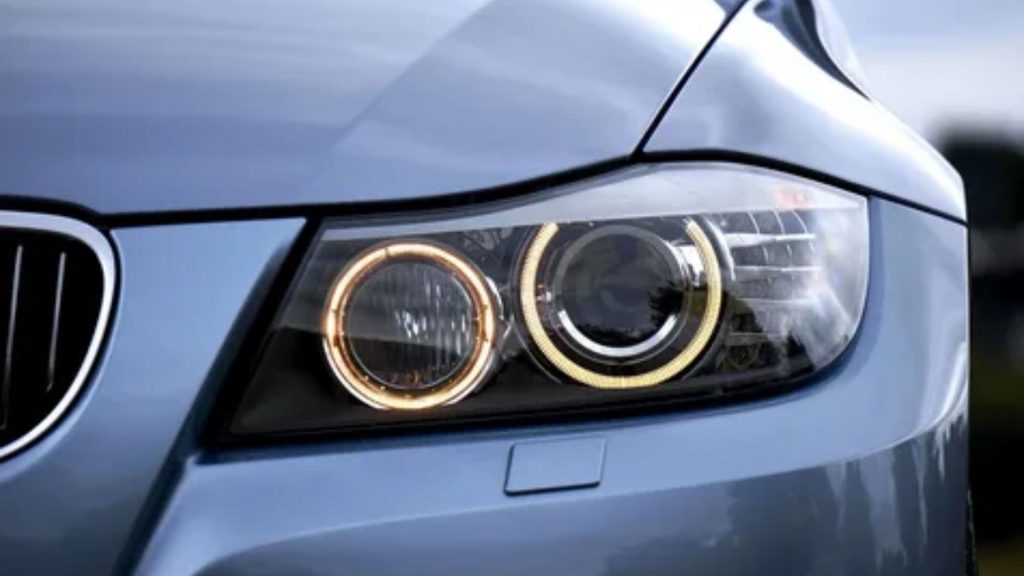
5. Taillights
Located at the rear, taillights light up when the driver brakes or turns on the lights.
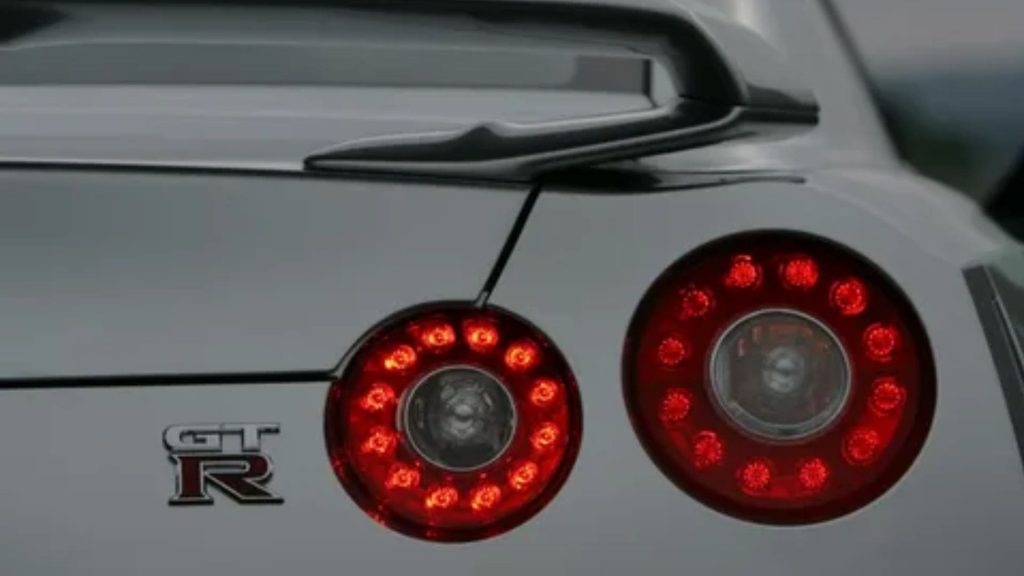
6. Side Mirrors
Also called wing mirrors, they help drivers see traffic behind and beside them.
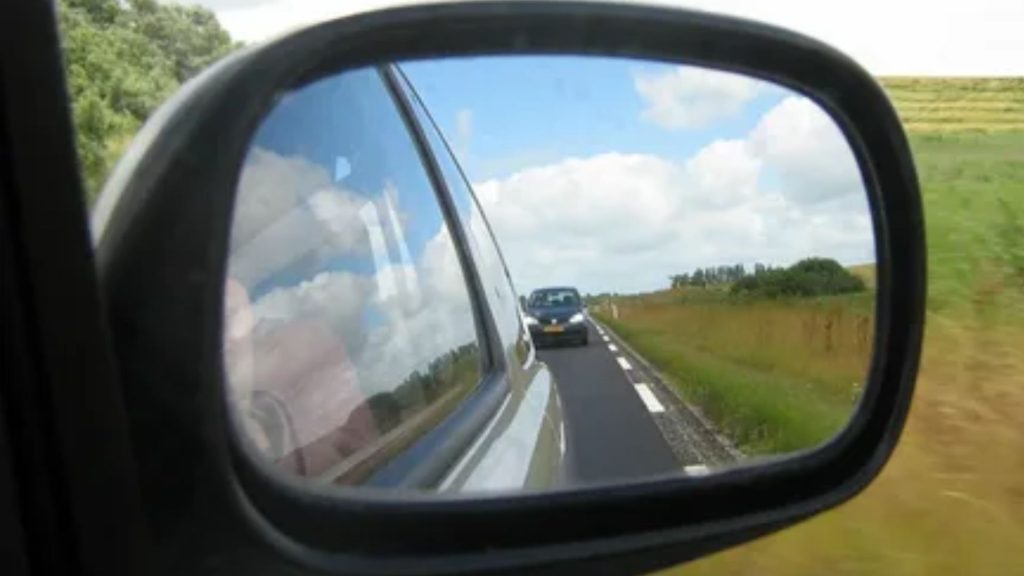
7. Windshield (Front Glass)
The large front window that gives the driver a clear view of the road.
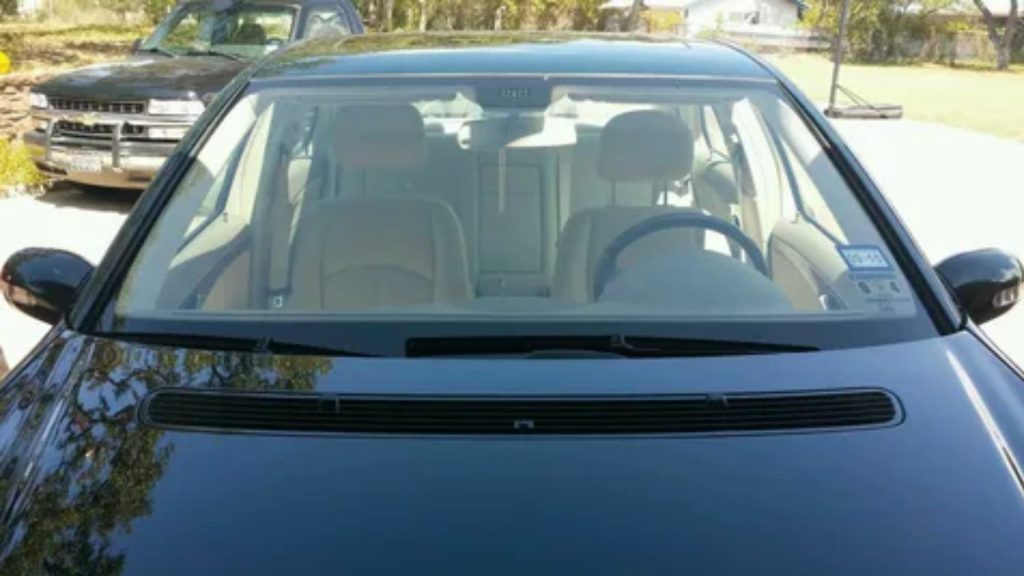
8. Wipers
Windshield wipers remove rain, snow, or dirt from the front glass.
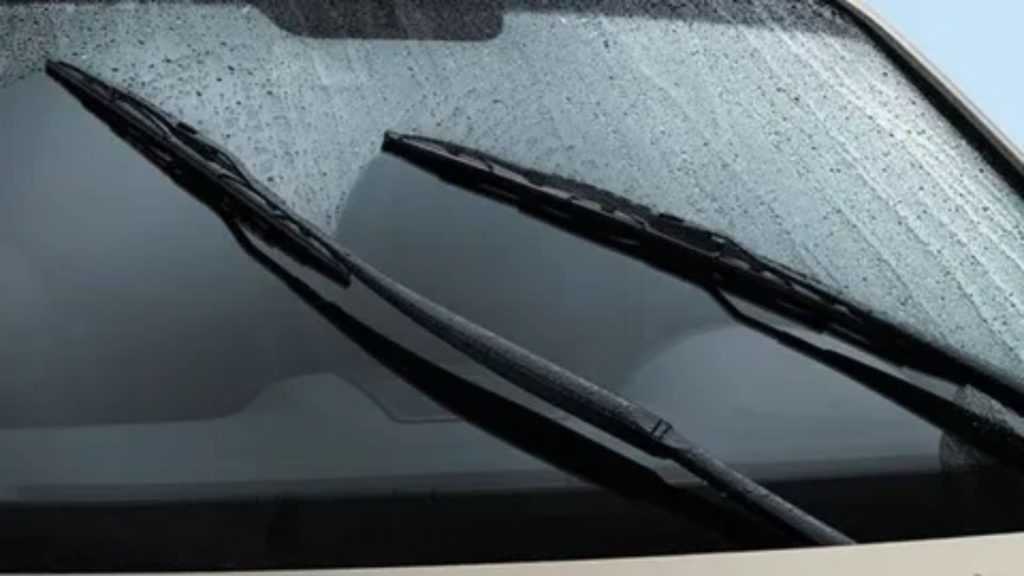
9. Doors
Car doors allow entry and exit from the vehicle and usually include locks and handles.
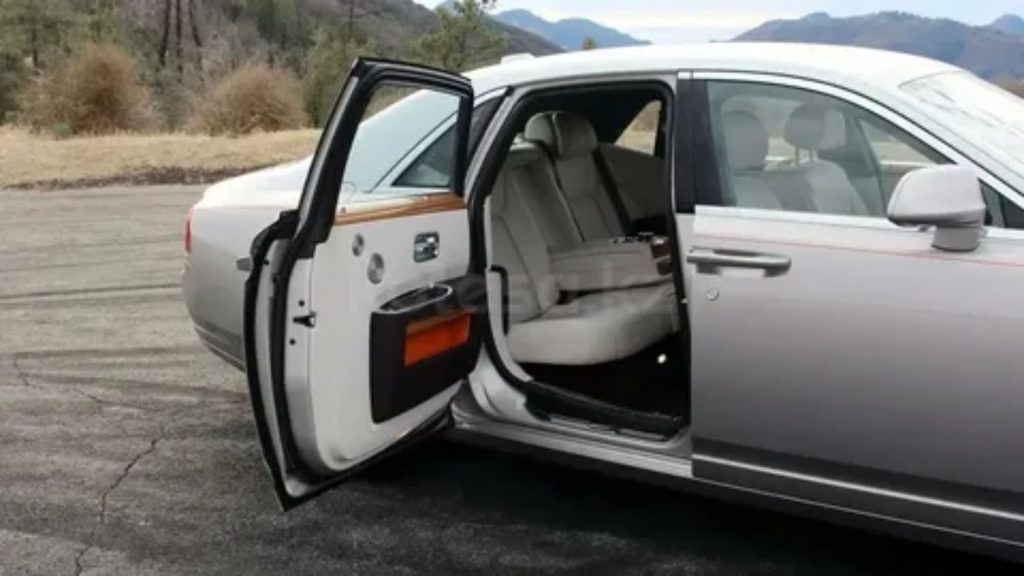
10. Roof
The top portion of the car body. Some cars also feature a sunroof or roof racks.
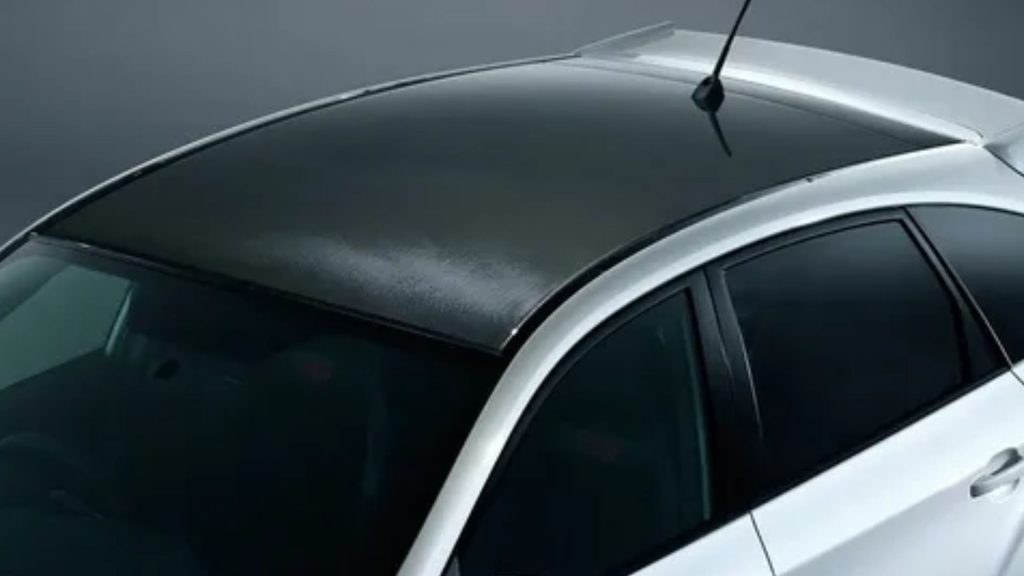
11. Fenders
Located above the wheels, fenders prevent road debris from flying off while driving.
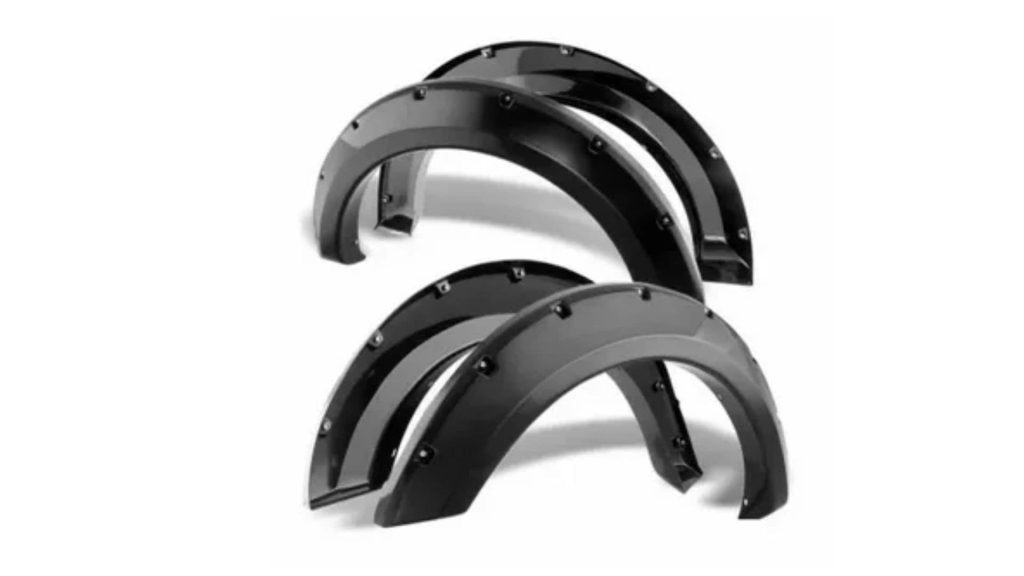
12. License Plate
A legal identification number assigned to each vehicle, usually on both front and back.
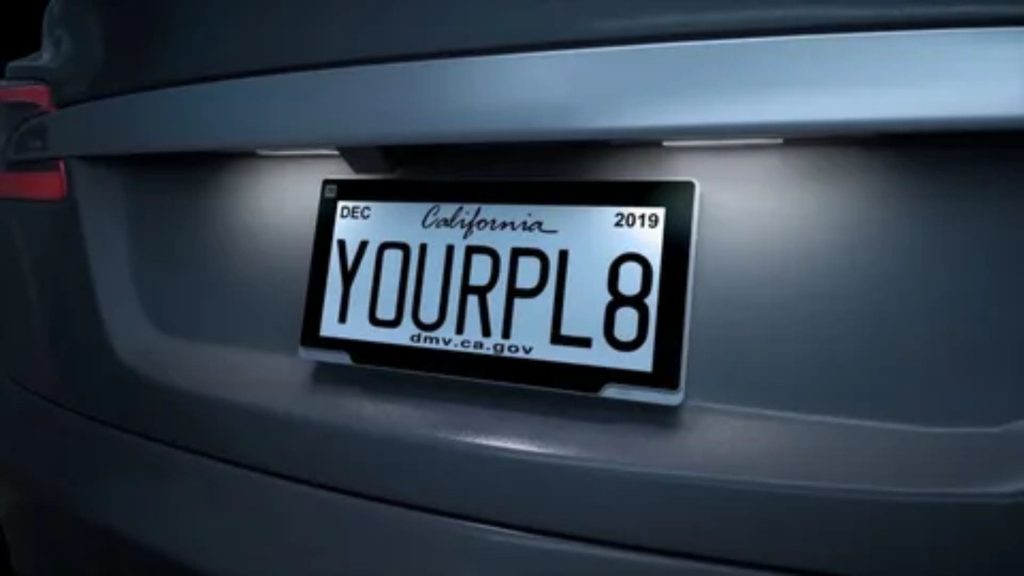
Wheels & Suspension Parts
13. Tires
Rubber components that touch the road, providing grip and absorbing shock.
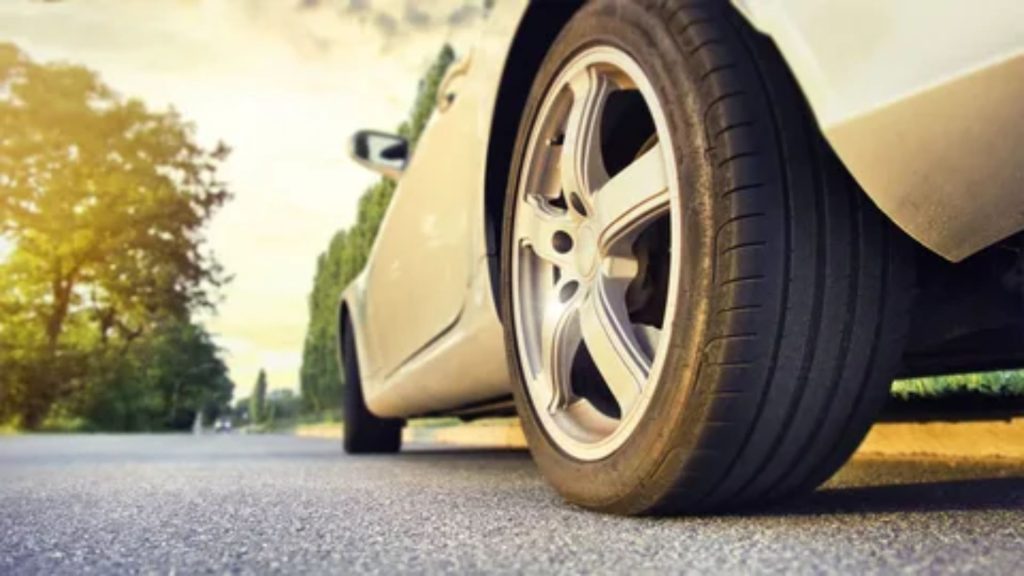
14. Rims (Wheels)
Metal part of the wheel that holds the tire.
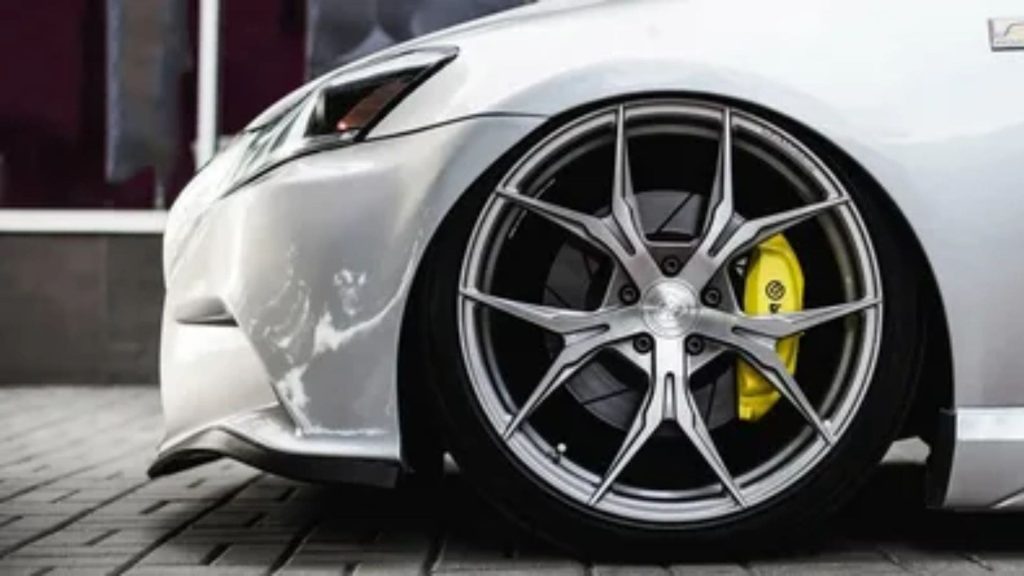
15. Brake Disc (Rotor)
Part of the braking system that the brake pads press against to slow down the car.
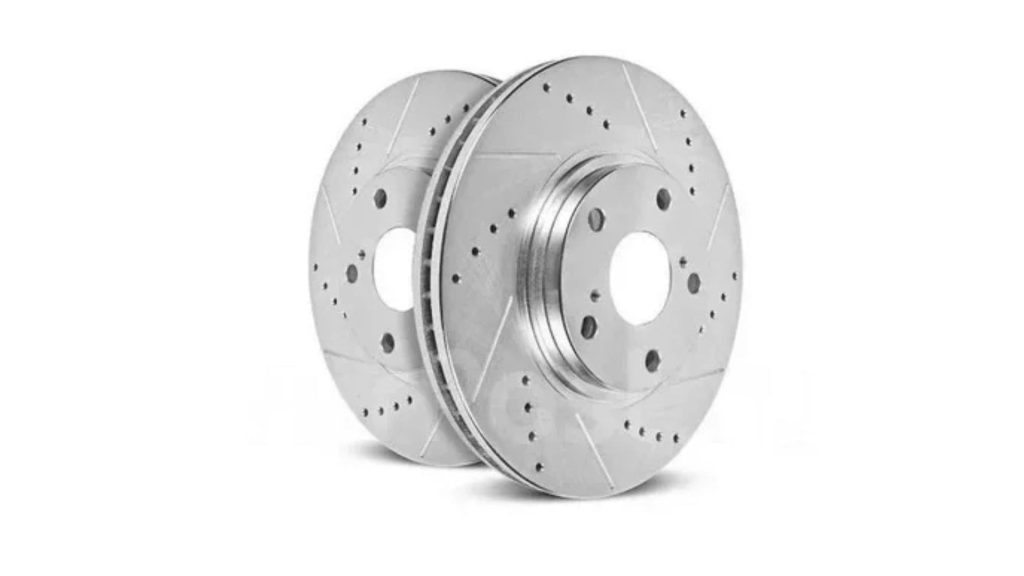
16. Brake Pads
These press against the brake disc to stop the car.
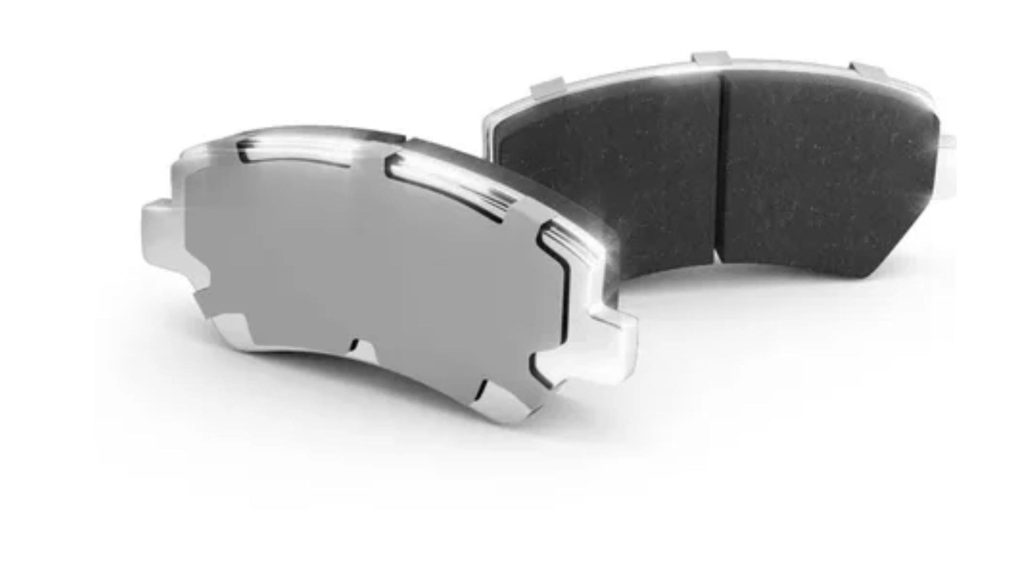
17. Shock Absorbers
These absorb the impact from road bumps, making the ride smoother.
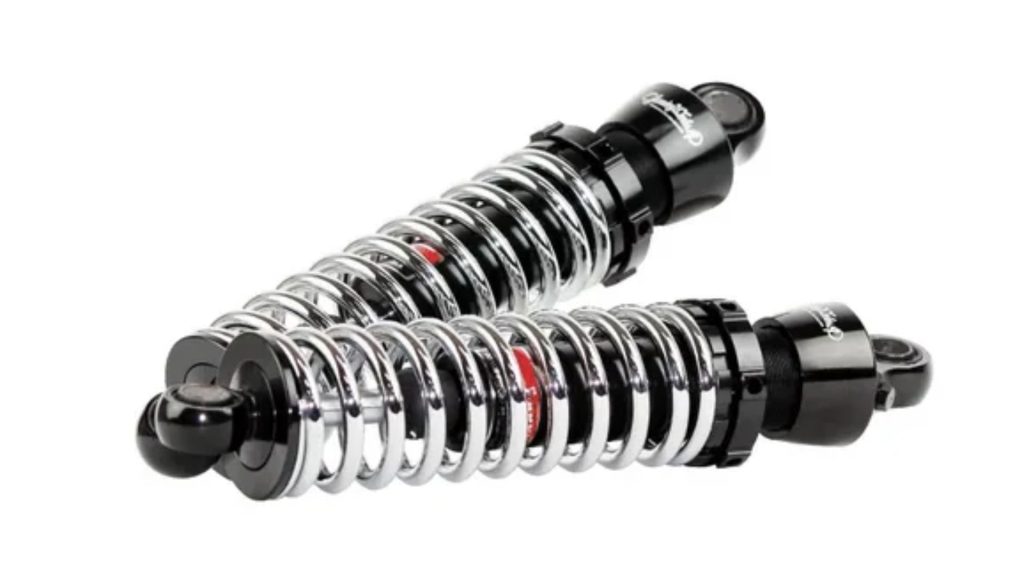
18. Springs
Work with shock absorbers to support the car’s weight and improve comfort.
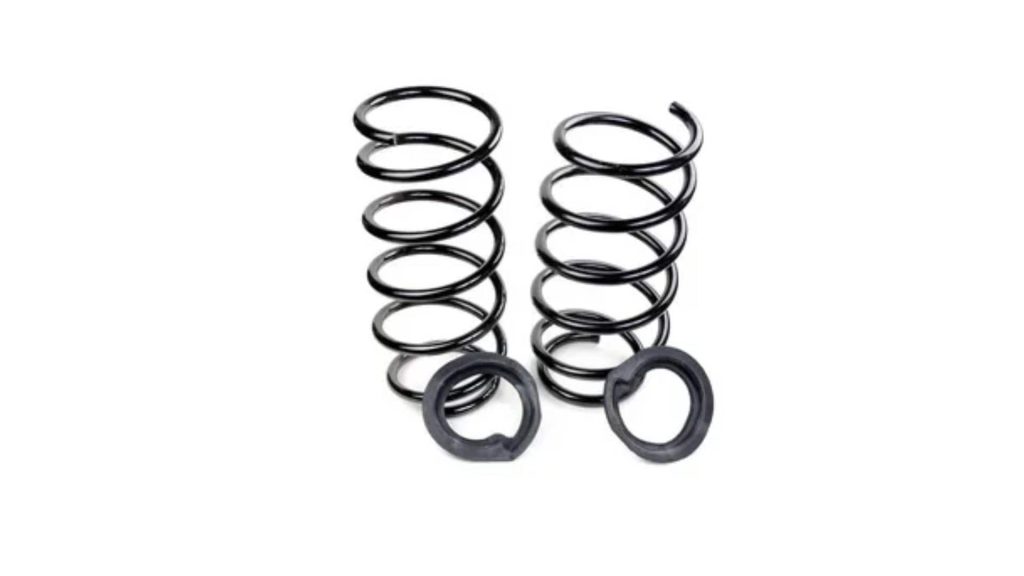
19. Axle
A metal shaft that connects the wheels and supports their rotation.
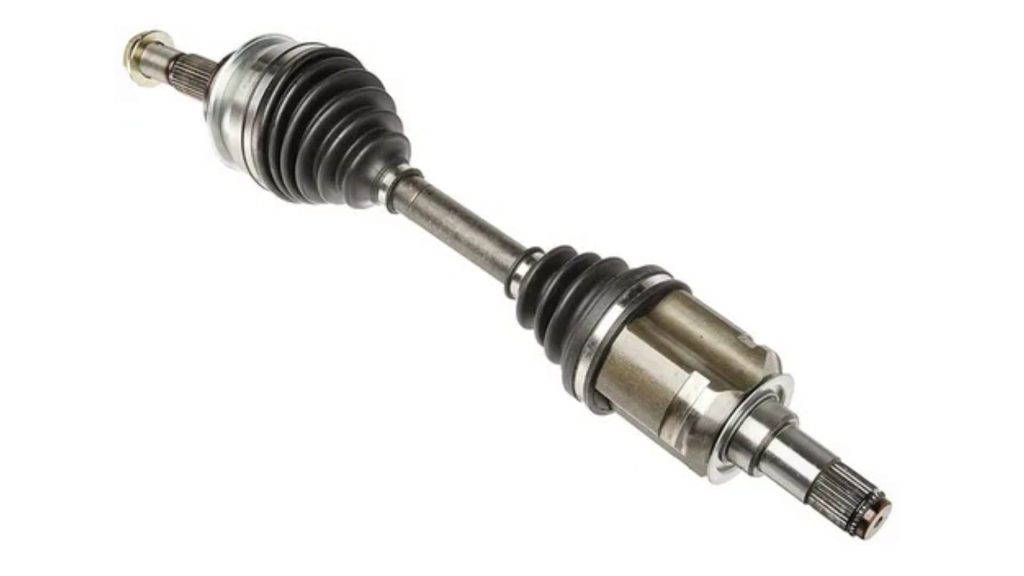
Engine Compartment Parts
20. Engine
The heart of the car. It burns fuel to create power and make the car move.
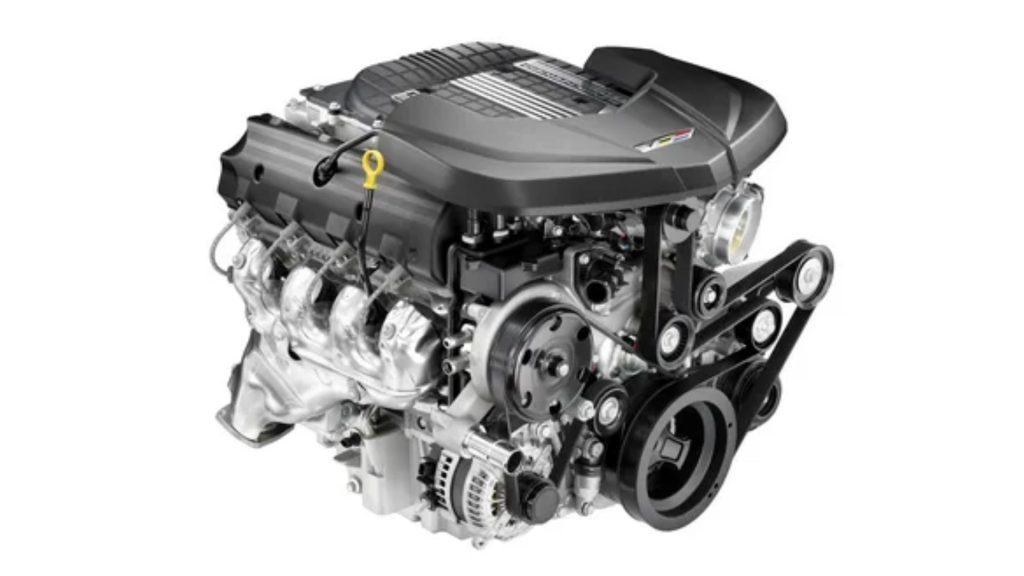
21. Radiator
Keeps the engine from overheating by transferring heat from the coolant to the air.
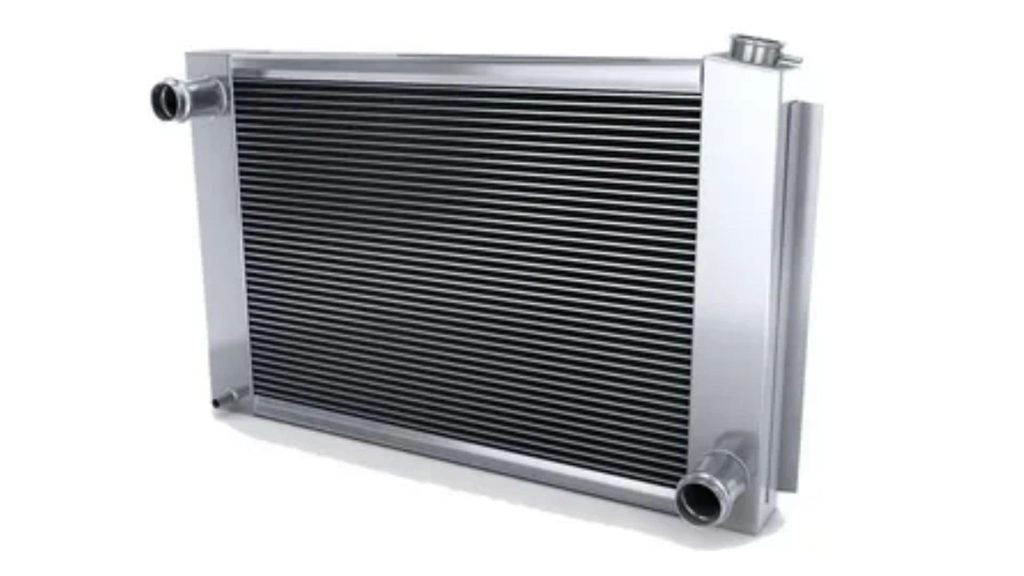
22. Battery
Provides electric power to start the car and run electrical systems.
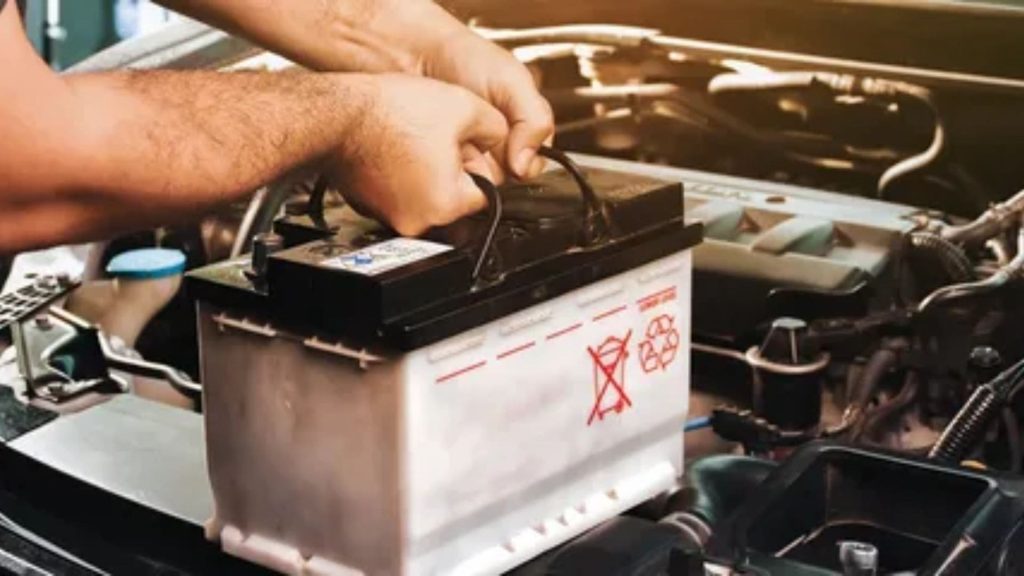
23. Alternator
Charges the battery while the engine runs and powers the car’s electrical systems.
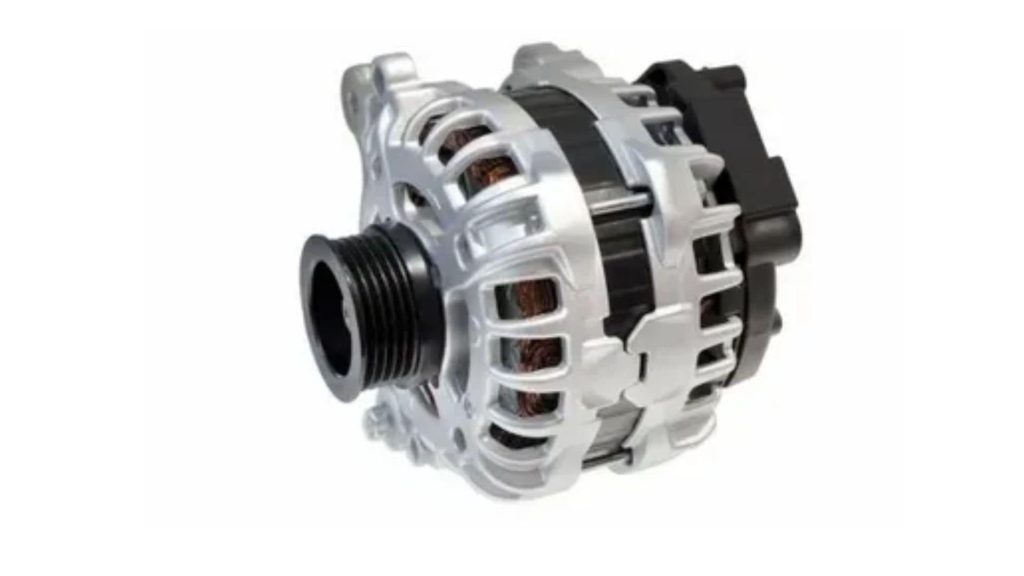
24. Air Filter
Filters dust and debris from the air before it enters the engine.
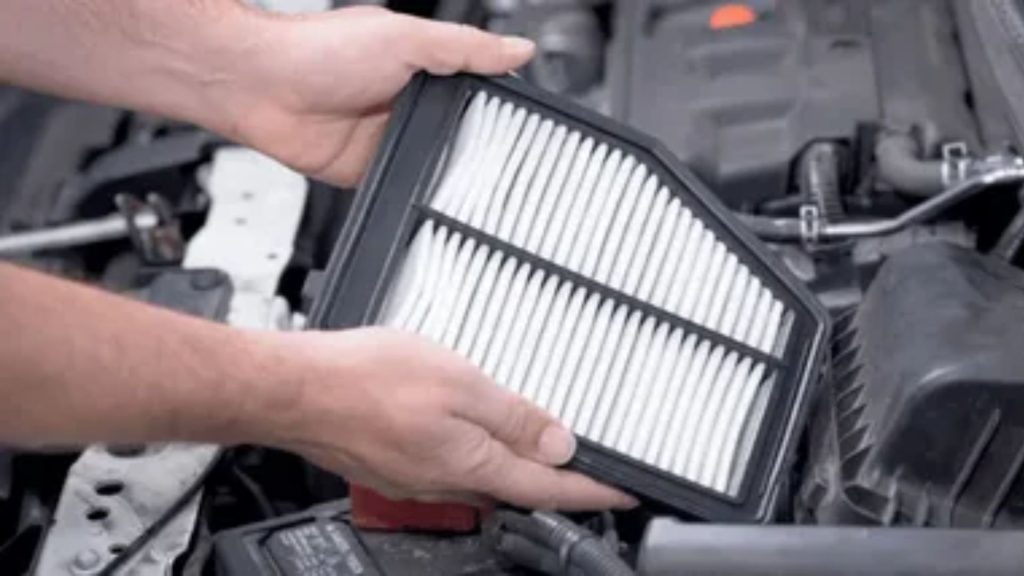
25. Oil Filter
Cleans engine oil by removing particles and impurities.
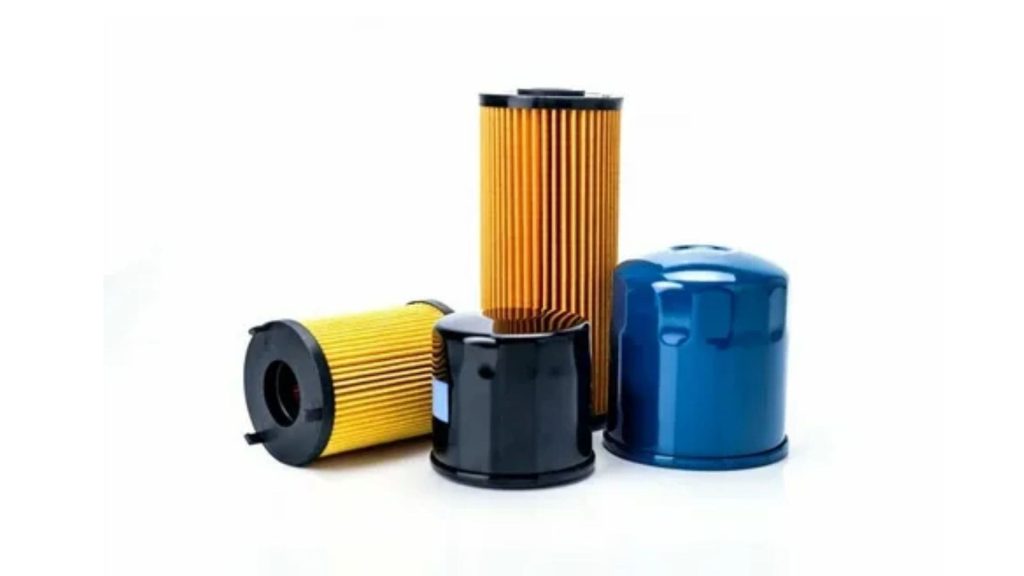
26. Fuse Box
Houses all fuses that protect the car’s electrical system.
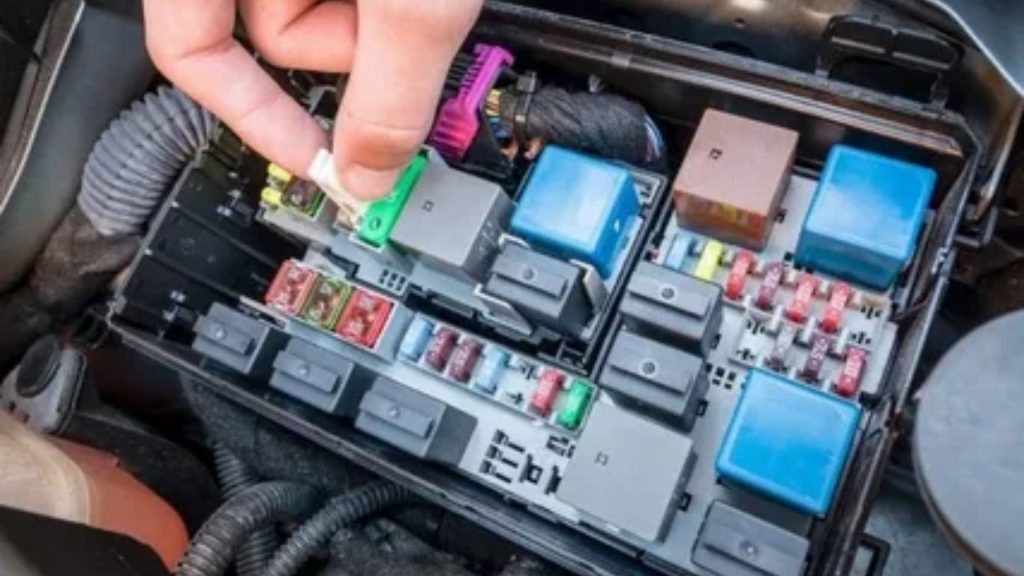
27. Coolant Reservoir
Holds extra engine coolant that flows in and out of the radiator.
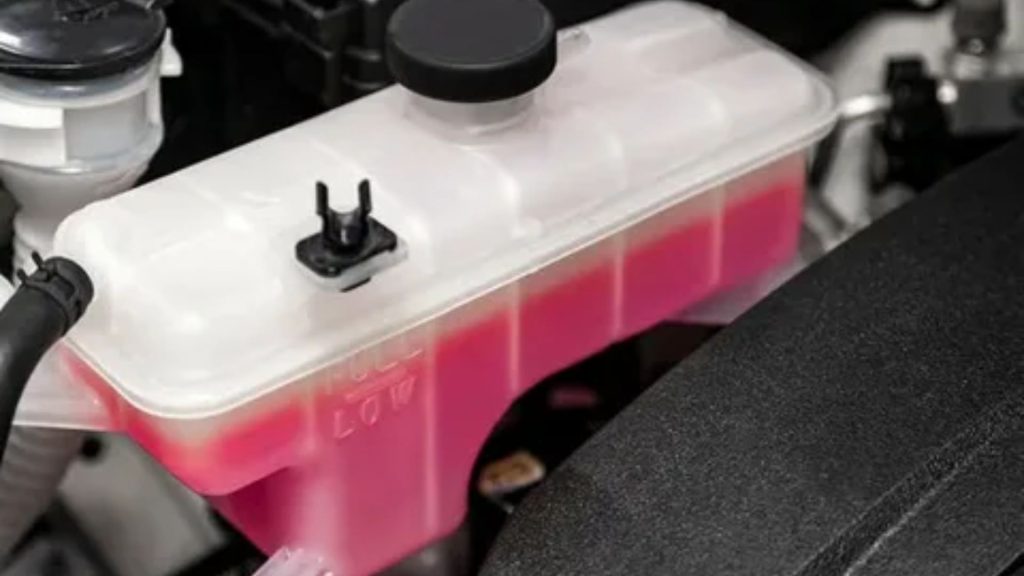
28. Timing Belt
Synchronizes the engine’s components to ensure they run in time.
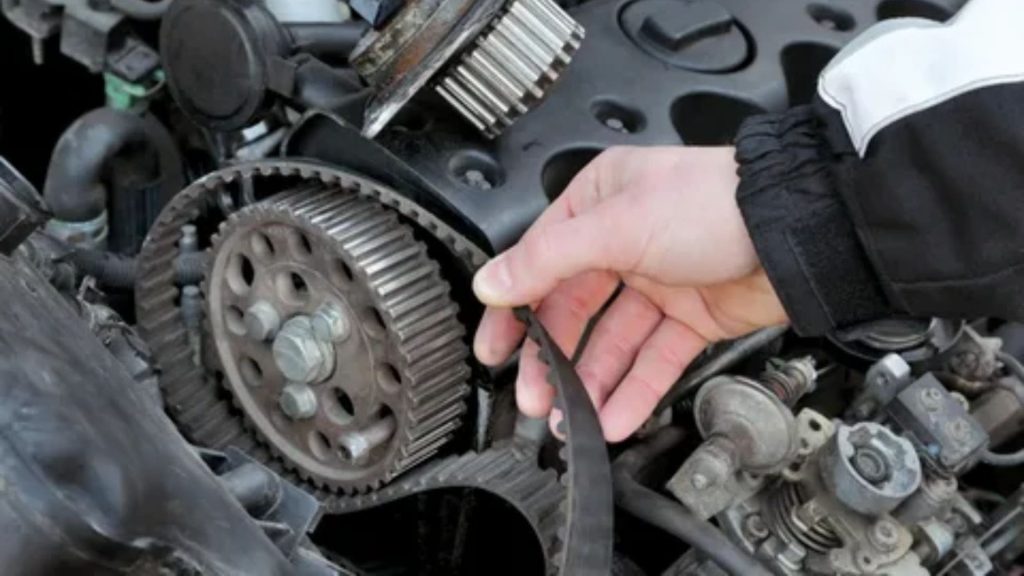
29. Fuel Injector
Sprays fuel into the engine for combustion.
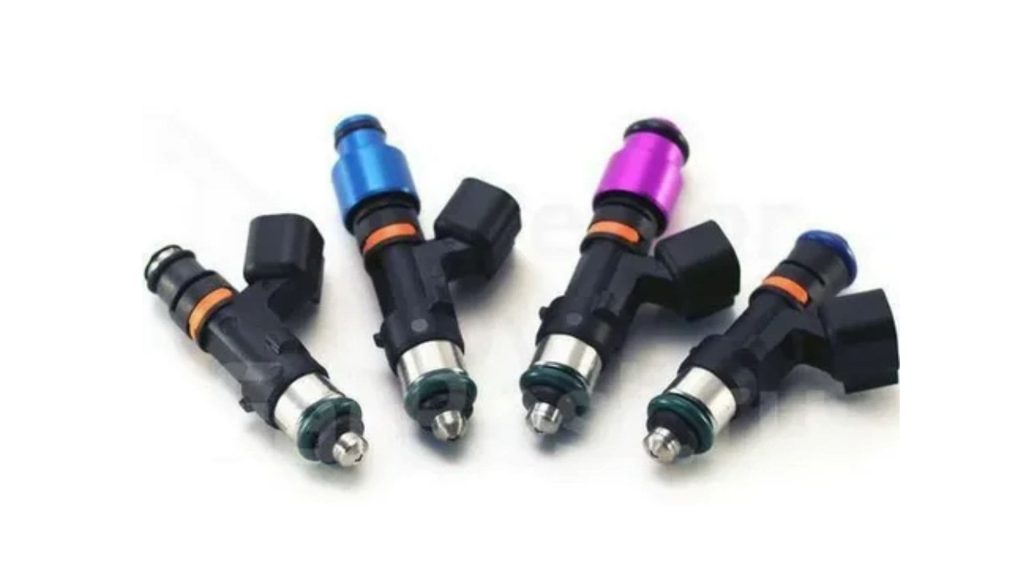
Transmission & Drivetrain Parts
30. Transmission (Gearbox)
Changes the car’s gear ratio to move efficiently at different speeds.
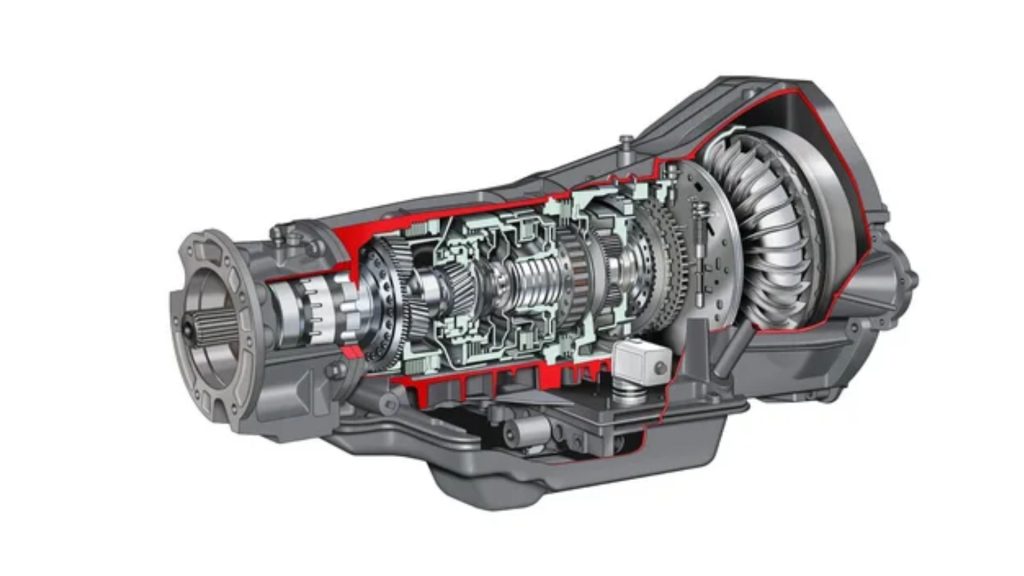
31. Clutch
In manual cars, the clutch disconnects the engine from the wheels when shifting gears.

32. Driveshaft
Transfers power from the engine to the wheels.
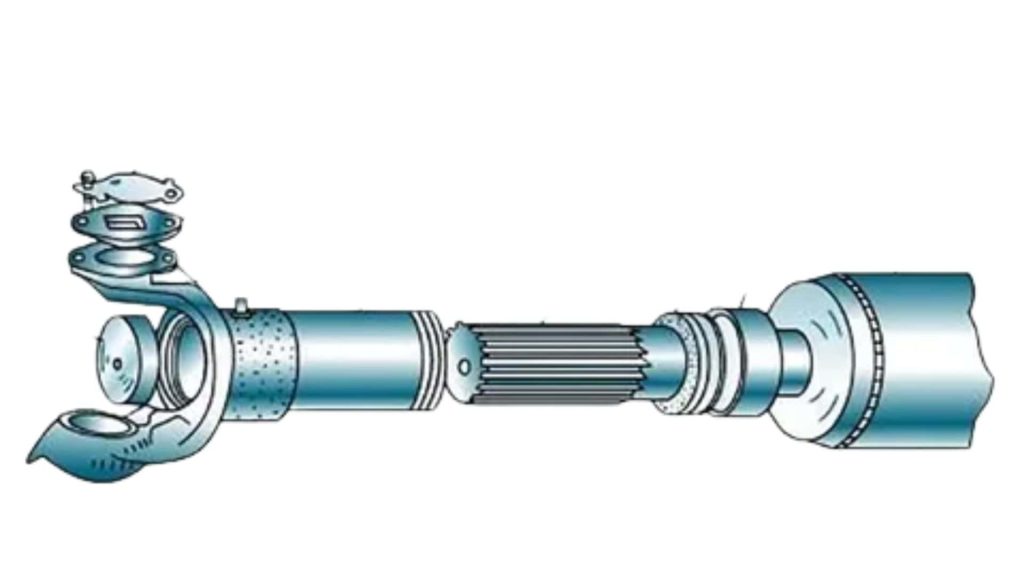
33. Differential
Helps the wheels turn at different speeds when cornering.
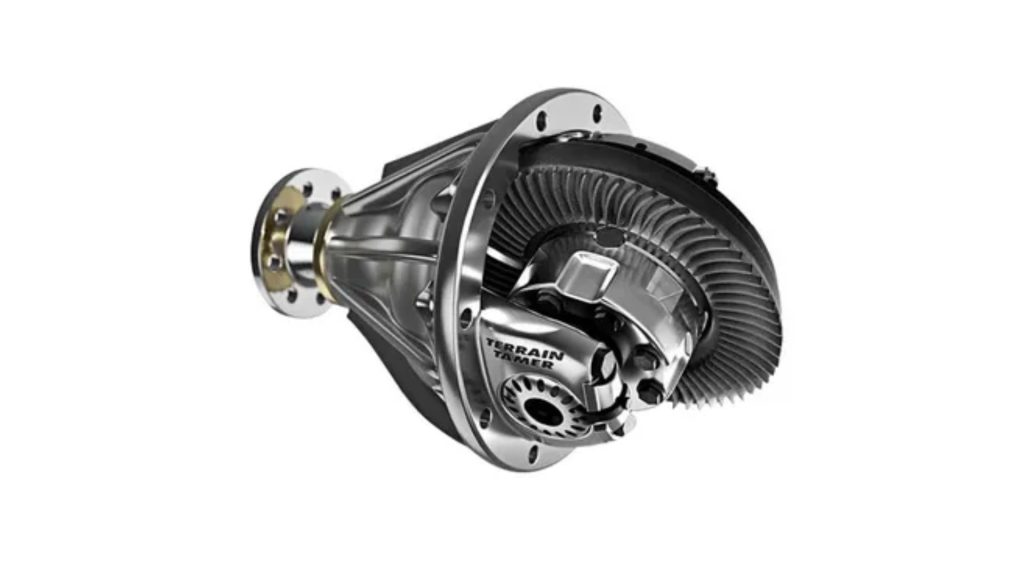
Interior Car Parts
34. Steering Wheel
Used by the driver to control the direction of the vehicle.
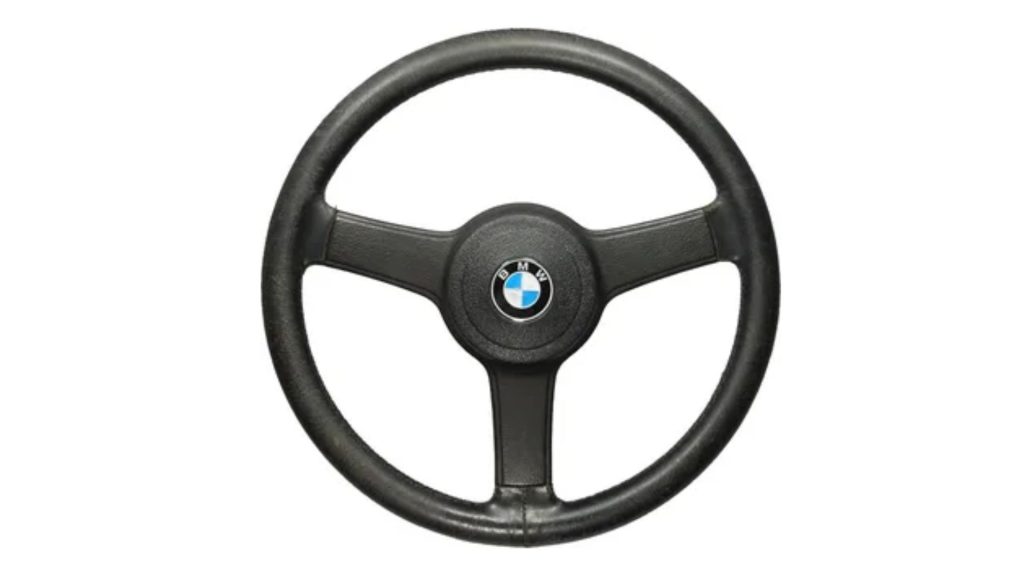
35. Dashboard
The front interior panel that displays speed, fuel level, and warning lights.
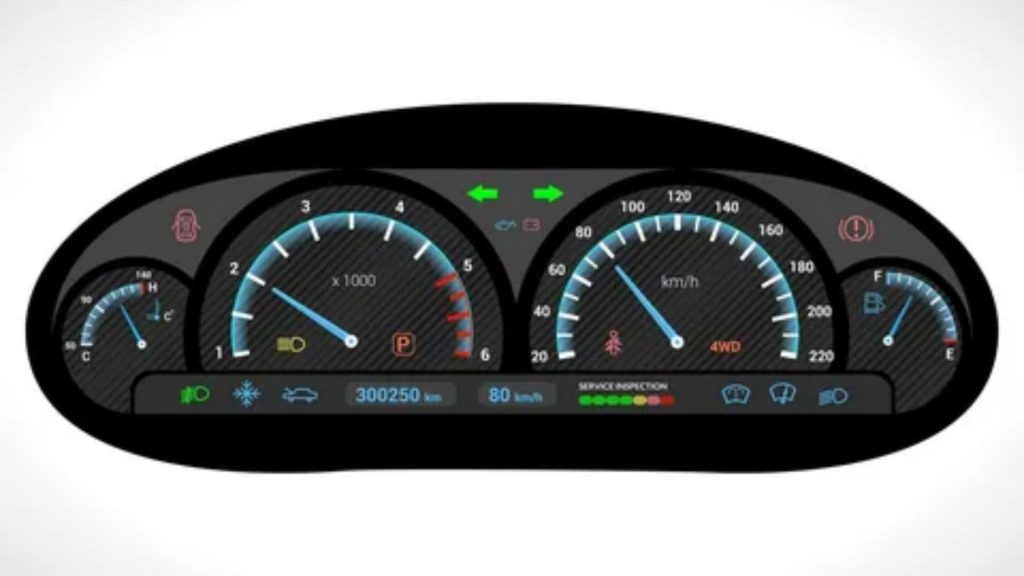
36. Gear Stick (Shifter)
Allows the driver to change gears in both automatic and manual cars.
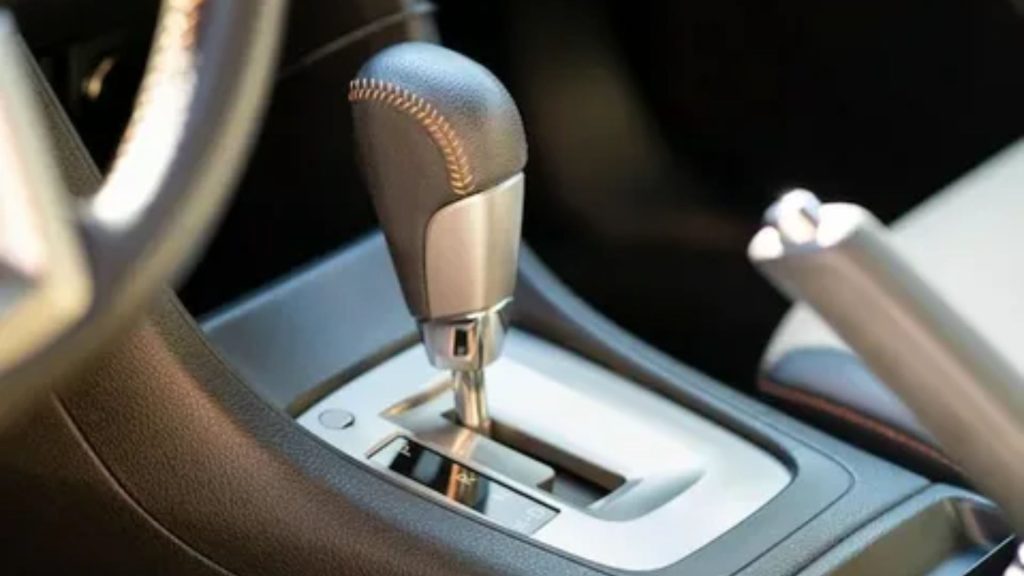
37. Pedals (Accelerator, Brake, Clutch)
Used to control speed and stop the vehicle. Manual cars have three; automatic cars have two.
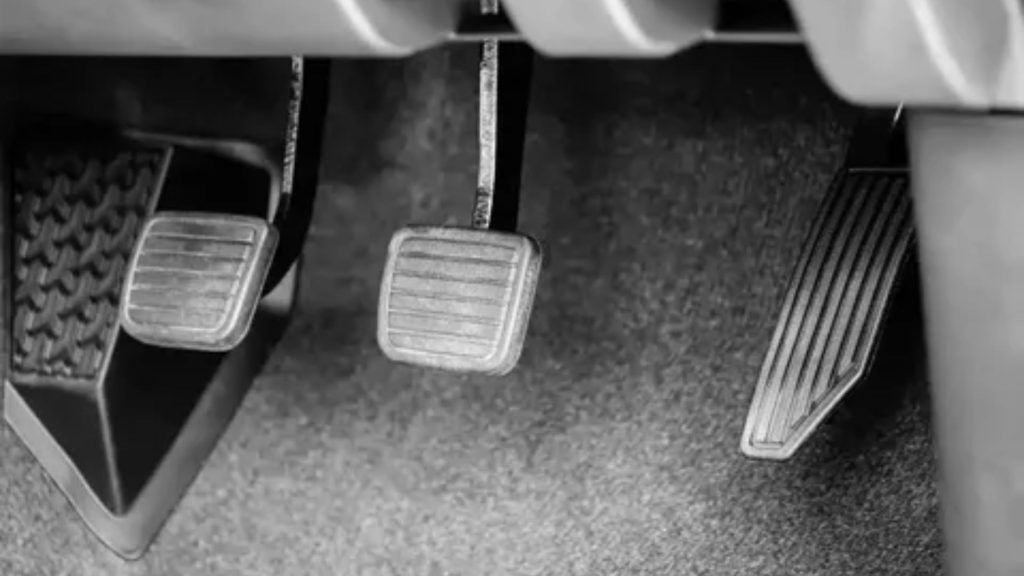
38. Handbrake (Parking Brake)
Keeps the car from moving when parked.
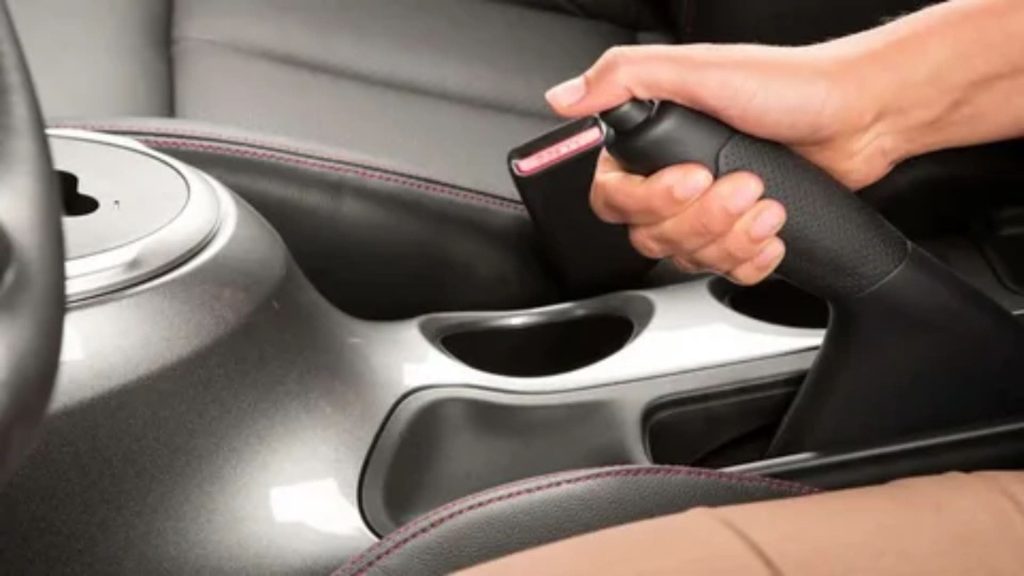
39. Seats
Driver and passenger seats are often adjustable for comfort and safety.
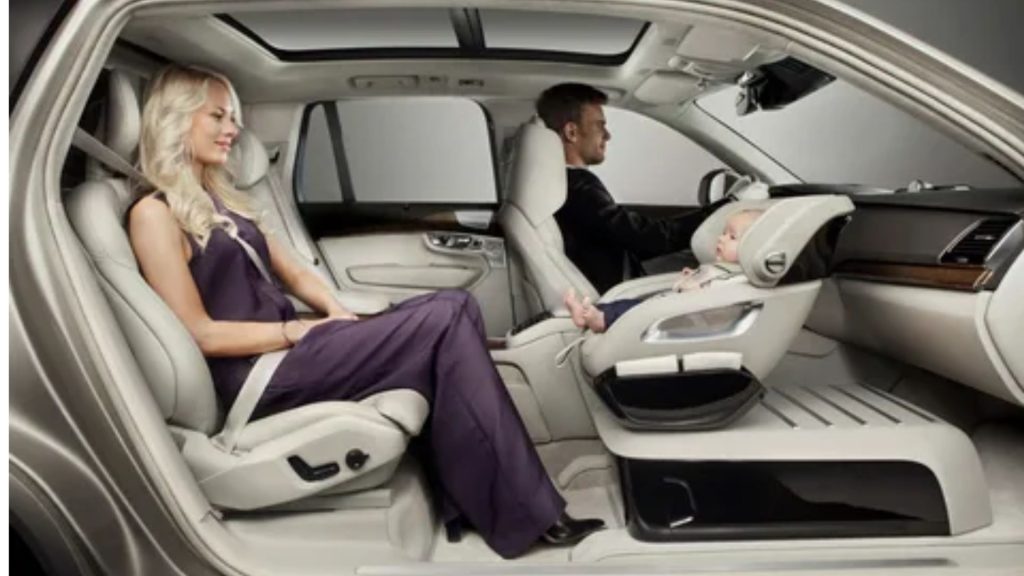
40. Seatbelts
Safety devices that secure passengers in place during movement or crashes.
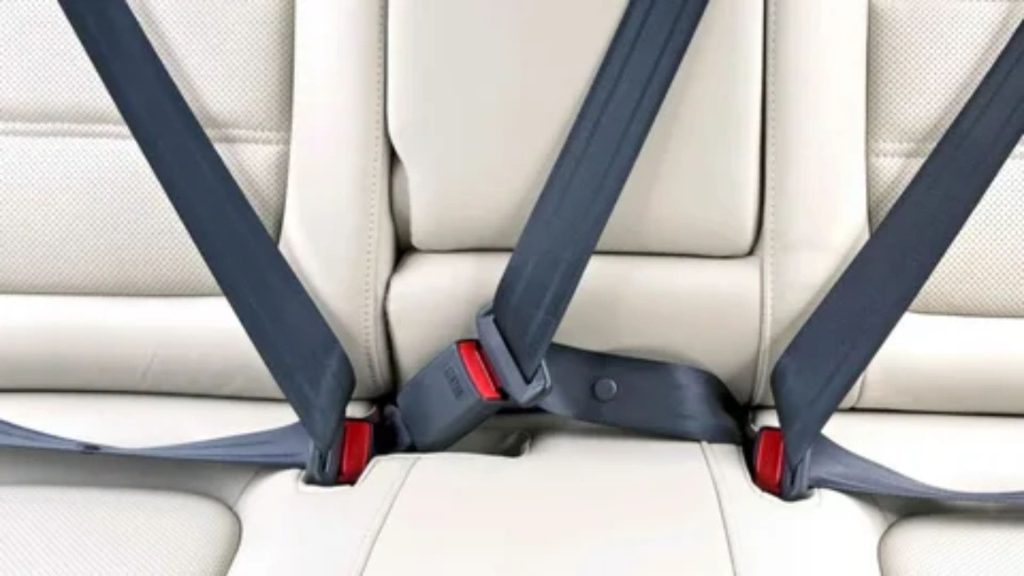
41. Rearview Mirror
Located inside the car, it shows the road behind through the rear windshield.
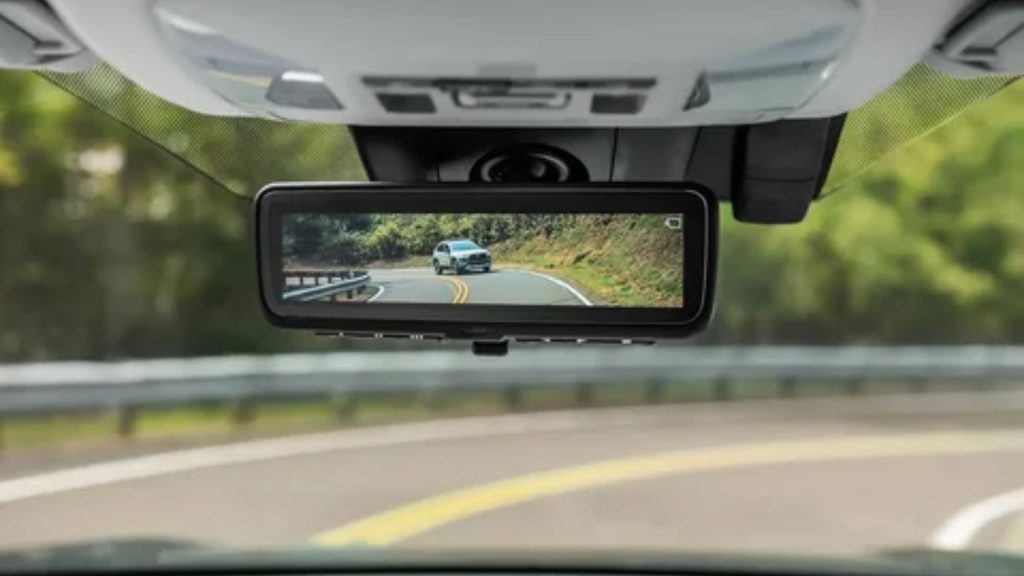
42. Infotainment System
Modern display screen for navigation, music, and car controls.
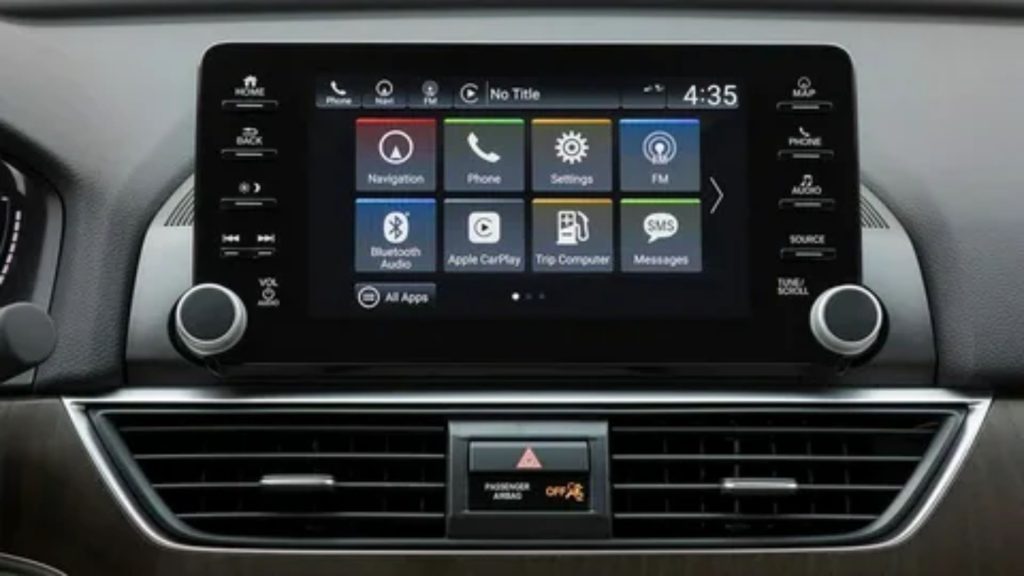
43. AC Vents
Distribute cool or warm air from the heating and cooling system.
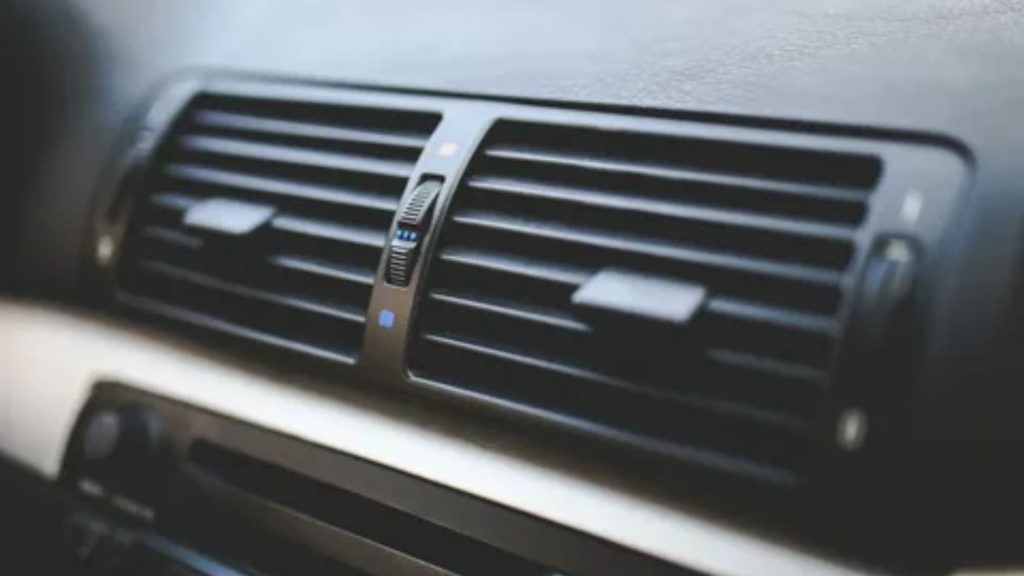
Electrical & Lighting Components
44. Spark Plugs
Create a spark to ignite the fuel-air mixture inside the engine.
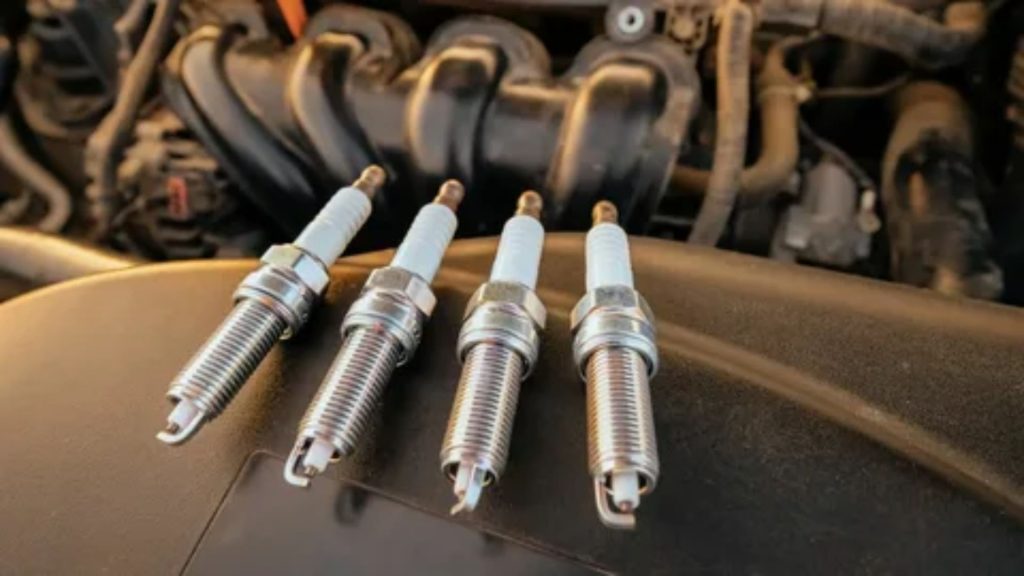
45. Wiring Harness
Bundles of wires that connect electrical components throughout the car.
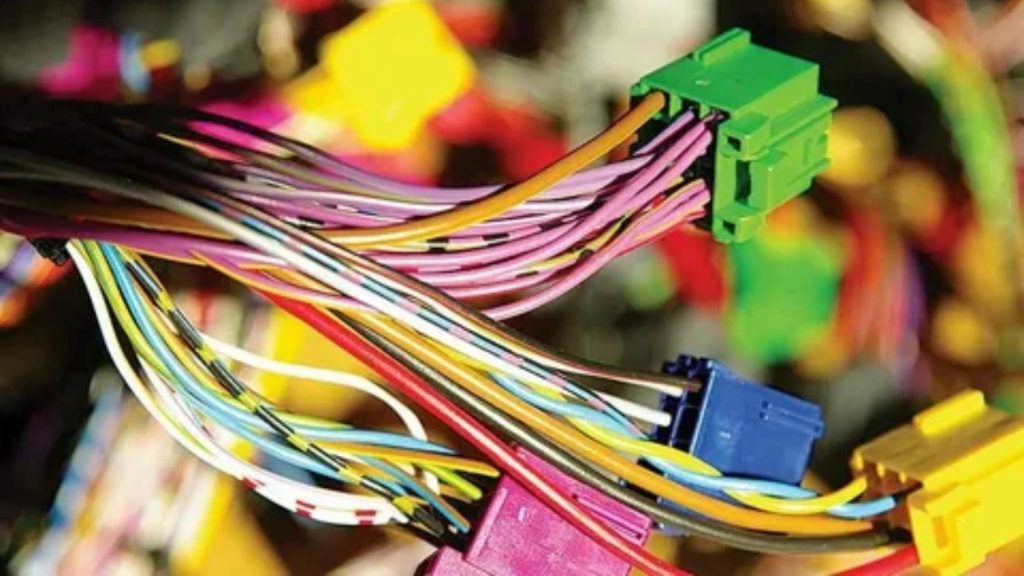
46. Horn
Used to alert other vehicles or pedestrians.
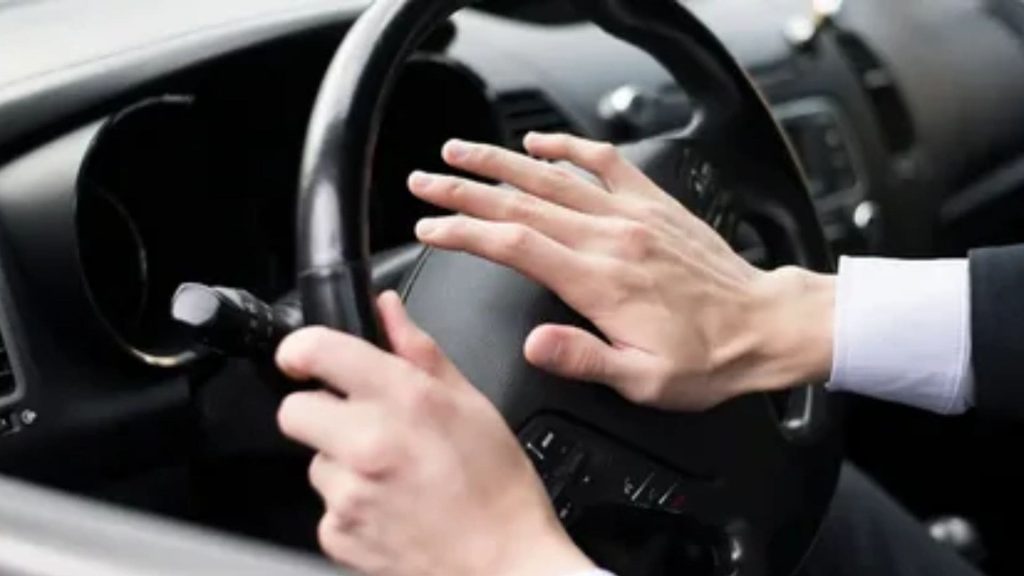
47. Indicators (Turn Signals)
Blinking lights used to show when you’re turning or changing lanes.
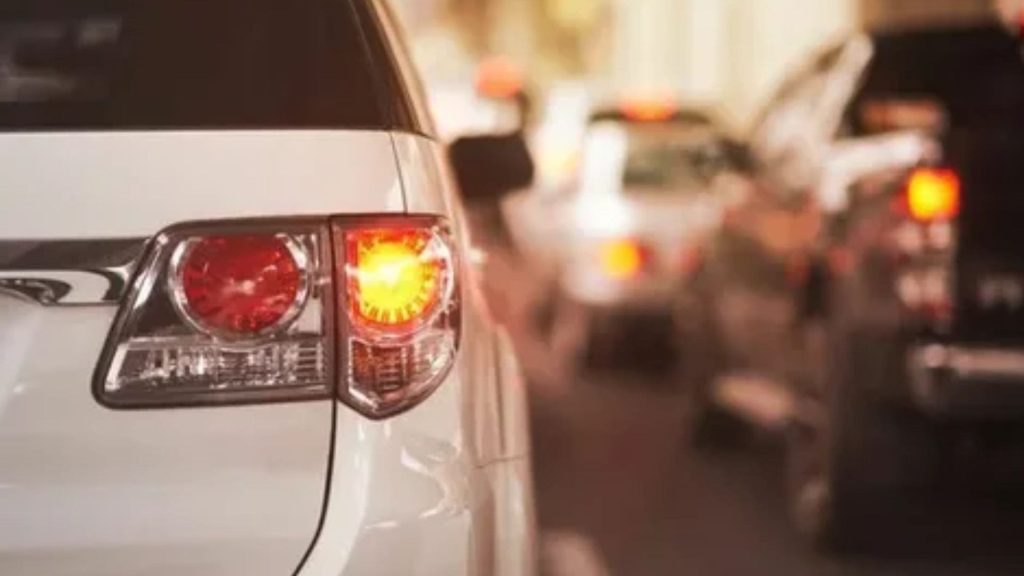
Safety & Miscellaneous Parts
48. Airbags
Inflatable cushions that protect passengers during a collision.
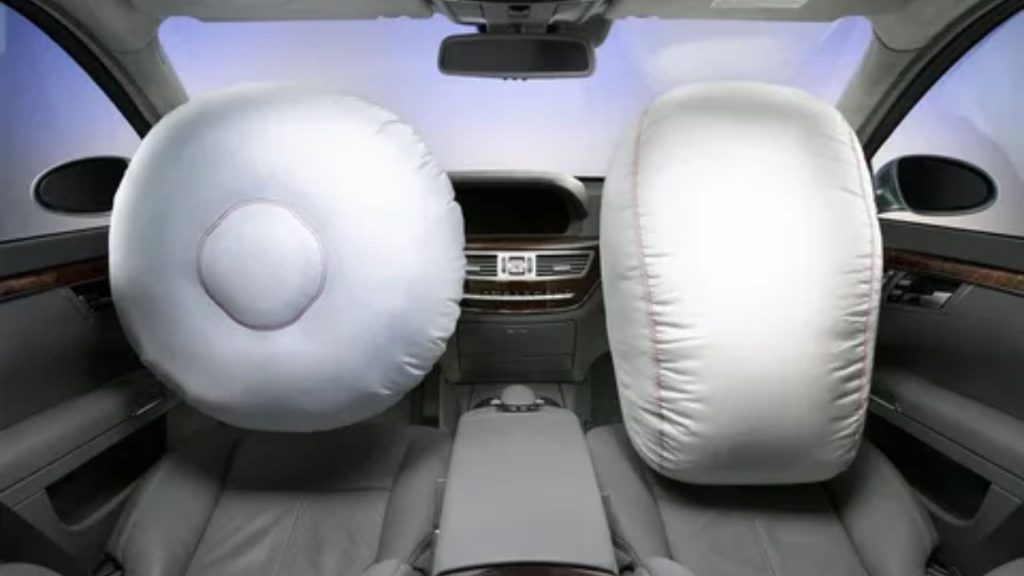
49. Radiator Fan
Helps cool the radiator when the car isn’t moving fast enough.
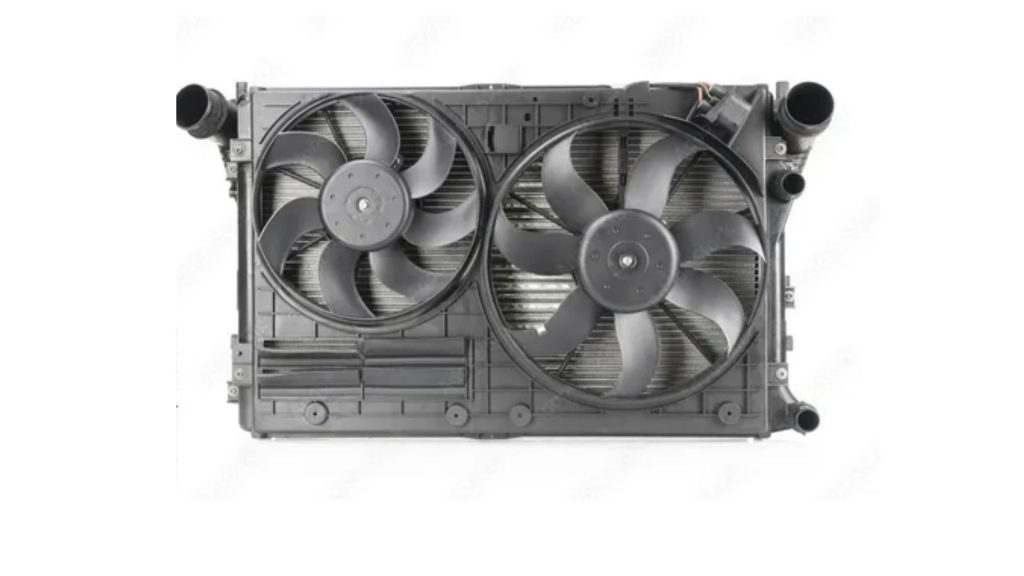
50. Exhaust System (Muffler, Pipe)
Directs and cleans engine gases before they leave the car.
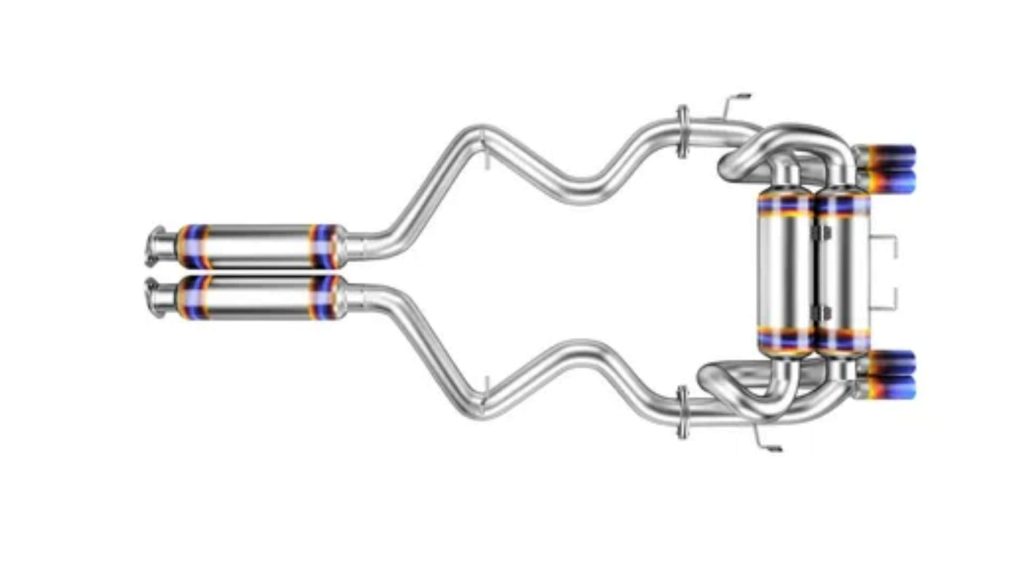
Conclusion
Learning all car parts names gives you a clear understanding of how vehicles operate, whether you’re doing DIY repairs, buying parts, or talking to a mechanic. From exterior components, such as headlights, to complex systems like the transmission and engine, each part plays a vital role in the car’s performance and safety.

